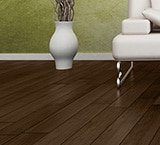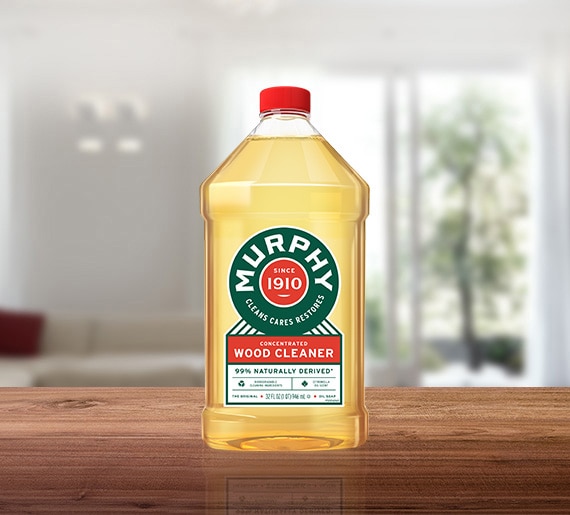WOOD FURNITURE, CLEANING FURNITURE
How to Clean Old Wood Furniture for New Life

Learning how to clean old wood furniture, like those fabulous finds at thrift stores and yard
CLEAN AND REVIEW
Cleaning a wood finish may include polishing, mending and touching up surface scratches in order to give an old piece of wood furniture a new place in your home.
Take care when cleaning, and monitor the Wood Furniture as you go. As you clean scratches, some deeper chips and dents will appear to let you know exactly what you will need in order to renew your new piece. Better Homes And Gardens advises using an oil soap with water as a first step for removing layers of dirt and preventing new bacteria from sticking.
Tougher cleaning problems will require more elbow grease. Furniture oil and polishes made specifically for wood can help you to remove grime and add a beautiful sheen to renew an old finish. If grime has hardened, apply a cleaning product for wood cleaning while carefully using extra fine #0000 steel wool to break up each layer.
REPAIR AND RENEW
Now, the original damage has been revealed. Luckily, there are ways to make your most roughed-up furnishings beautiful pieces once again. This Old House suggests using a cloth dampened with denatured alcohol to remove water stains.
Other scenarios have similar solutions:
- Scratches can be removed with a walnut. Simply take the nut out of its shell and rub it diagonally into the scratch. Then, using your fingers, rub it again to warm the area. This will allow for the walnut's oils to soak into the wood. Finish by buffing with a soft cloth.
- Permanent felt markers are perfect for making scratches and worn edges blend into the wood finish. Use a marker of the same color as the wood on these scratched spots, and wipe any residue away if it gets on
finish that is not damaged. - Clear nail polish can revive a chipped coat of clear sealant on top of the finish. Apply drops of polish to fill in the chip. When dry, sand the surface with very fine sandpaper so that it's smooth enough to blend with the rest of the finish.
- Small chips and dings can be filled using a wax stick made to repair wood finishes. They come in different colors so you can choose the one that is closest to your furniture's finish. Overfill the chip, then smooth excess wax off to level the piece's surface using a plastic putty knife or an item with an equally gentle edge.
After repair, or if the finish dulls with cleaning, use #0000 steel wool with a wax that matches your furniture. Use a paste wax for a satin finish, or an auto compound polish to bring back a gloss finish.
PREVENT FUTURE DAMAGE
After fixing up your beautiful wood decor, it's important to prevent future scratches and damage to maintain this beauty. Therefore, wood furnishings should be dusted regularly. Lint-free disposable cloths are wonderful additions to your arsenal of cleaning products as well; these cloths will remove dust without sending it airborne. A paste or liquid wax made specifically for wood will add a harder finish than typical furniture spray and polish, and your Natural Oil Soap will prepare your furniture for wax application.
This article was brought to you by Colgate-Palmolive Company, the makers of Murphy® Oil Soap. The views and opinions expressed by the author do not reflect the position of the Colgate-Palmolive Company.









